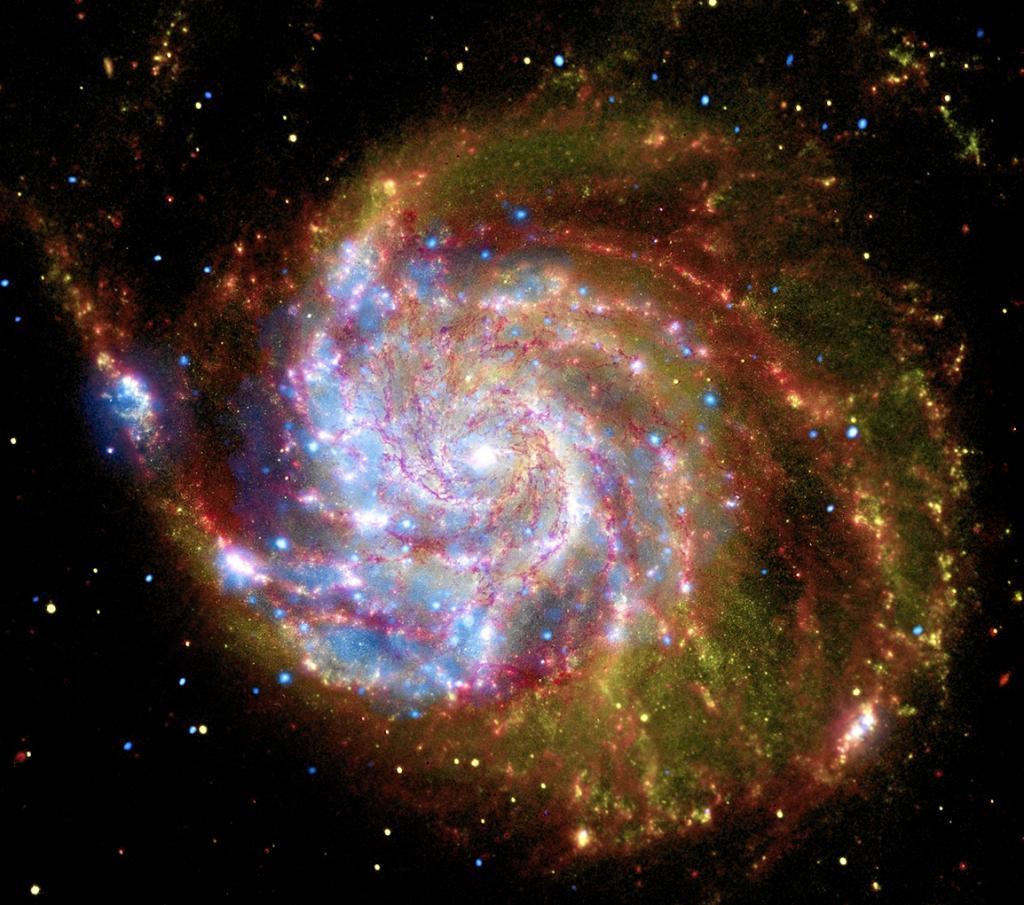Algol's brightness decreases by 70% every 2.8 days. These variations are due to eclipses and are easy to observe. That is why Algol has been one of the most fascinating and most observed stars in history.
The papyrus known as Cairo 86637, written by the Egyptians over three millennia ago, contains an astonishing calendar of days of good and bad fortune based on observations of the star Algol. These are the oldest known observations of a variable star that has amazed all civilizations throughout history.
Its name comes from the Arabic ra's al-ghoul ("demon's head"), from which the name "Demon Star" used in English was derived. In China, it is considered part of an asterism representing a mausoleum. In our sky, Algol marks the severed head of the monstrous gorgon Medusa, which was cut off by Perseus, who holds it eternally victorious in the constellation that bears his name.
The bad reputation of this star comes from its rapid brightness variations. Algol is a multiple star system, but it is its two brightest components, A and B, that pass in front of each other creating very noticeable eclipses. These stars are very close to each other: just 7.5 million kilometers apart, which is 5% of the distance between Earth and the Sun.
When the secondary star (less bright but larger) obscures the primary star, the main eclipse occurs: Algol's brightness decreases by 70% every 2.86 days for 10 hours. (A second eclipse, much less pronounced, occurs when the primary star obscures the secondary star, but this is not noticeable to the naked eye).
Brightness variations of Algol observed with the TESS satelliteNASA
Algol is the second brightest star in the constellation of Perseus, which is why it is also called beta Persei. It is located 93 light-years away. The main component, Algol A, is a star three times more massive and 180 times more luminous than the Sun. The secondary, Algol B, has 0.7 times the mass of the Sun, its luminosity is 7 times greater, and, most importantly for the eclipses, its diameter is 30% larger than that of Algol A. Around this pair orbits a third star, Algol C, with a period of 680 days; the latter has 10 solar luminosities.
A surprising characteristic of Algol is that the period of its eclipses is not constant over time. Comparing with measurements made throughout history, since the Egyptians began observing it, it is concluded that the period has decreased by 0.017 days in 3000 years. This is because, as a star and its companion orbit at such a short distance, some mass is transferred from one to the other, thus reducing angular momentum from purely orbital motion.
Algol and Jupiter in the nights of AprilStellarium/RB
Algol's main eclipse can be easily observed with the naked eye. To do this, simply locate the star in the constellation of Perseus and compare its brightness with nearby stars at a given moment. Algol is not a super-bright star: its usual magnitude is 2.1 (slightly fainter than Mirkaf, alpha Persei, and the North Star), but during the eclipse, it drops to 3.4. So, as mentioned, when it is at a minimum, Algol's brightness has decreased by 70% compared to its maximum value. And if we observe it a couple of hours after the minimum, we will see the star regaining its brightness.
In these April nights, we can look for Algol a couple of hours after sunset. As we look towards the western horizon, the constellation of Perseus is to the right of Taurus and the Pleiades. And if the sky has too much light pollution and we can't locate it well, we can always console ourselves by looking at Jupiter shining splendidly in the constellation of Taurus.
Algol is the bright star in the head of Medusa in PerseusHevelius, Uranographia, 1690
To observe Algol's eclipses optimally, it is preferable to do so with a small telescope. In fact, this is one of the favorite stars of all beginner amateur astronomers.
In a given location, it is advisable to wait for the eclipse to occur in the middle of the night. In our latitudes, the last well-visible eclipse during the night was on April 3, and the next one will be on April 26. The dates and times of Algol's minima can be checked in this calculator from Sky & Telescope magazine.
